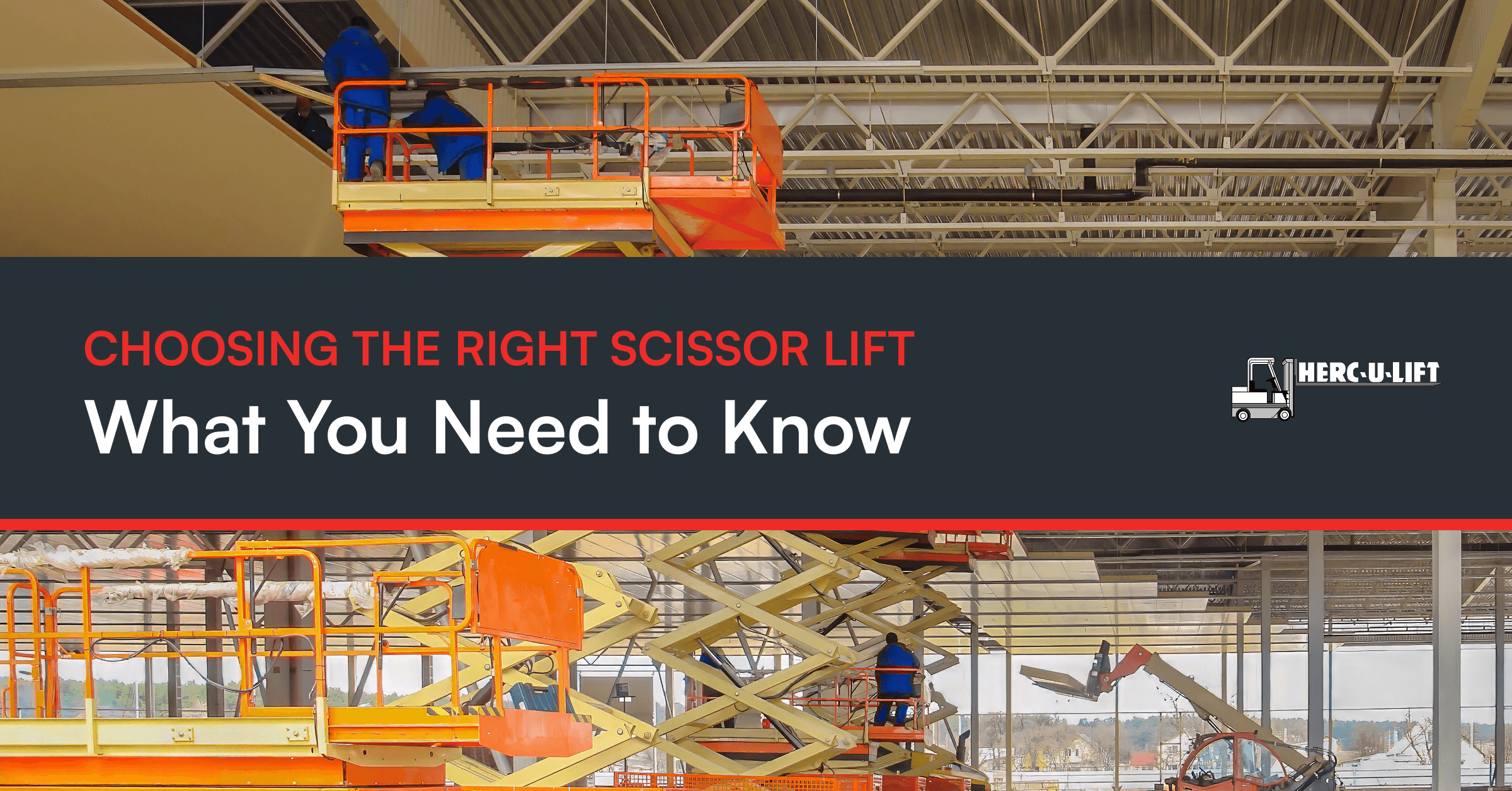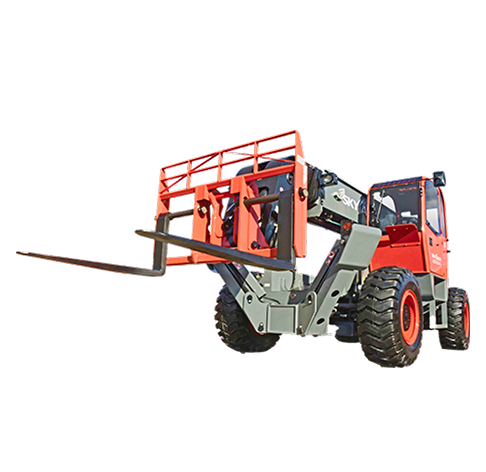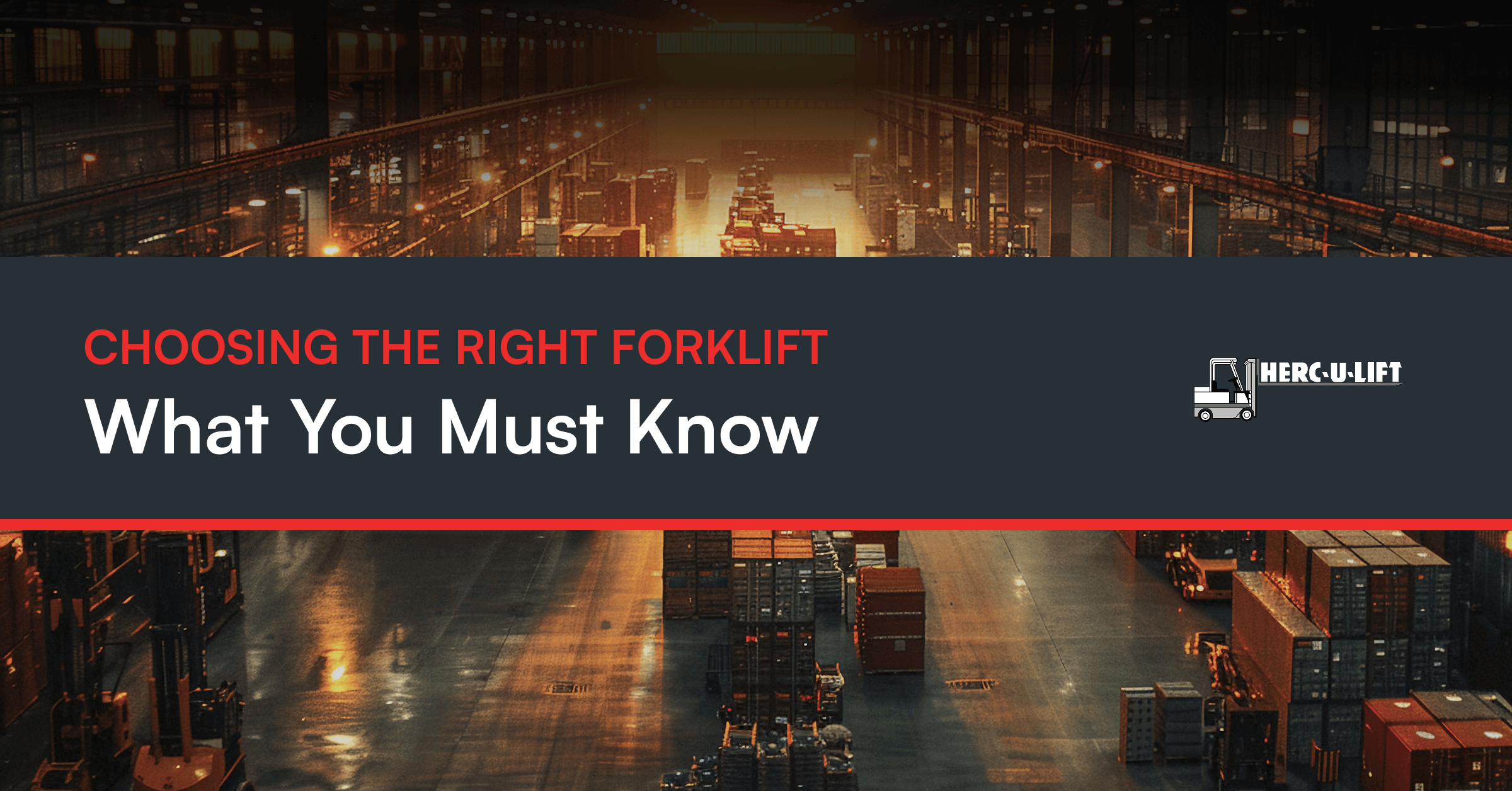Choosing the right scissor lift is important for first-time renters or buyers of heavy equipment. It can have a big impact on how smoothly and efficiently your projects get done. Safety, speed, and even worker morale also hinge on your decision.
Today, scissor lifts are the go-to gear for vertical access in many industries. This includes construction, warehousing, event setups, and others. However, here’s something people often overlook: not all scissor lifts are built for the same kind of work. Picking the wrong one can lead to costly delays, unexpected safety risks, or equipment that just doesn’t cut it.
This guide skips the brochure buzzwords. Instead, we break down what you actually need to consider before renting or buying a scissor lift. We cover everything from power sources and platform sizes, to terrain compatibility and regulatory compliance.
1. Understand How a Scissor Lift Works
A scissor lift is a type of aerial work platform built for vertical access. It uses a set of folding, X-shaped supports, often called a scissor mechanism. These crisscross arms extend to raise the platform straight up.
Depending on the model, scissor lifts are powered by hydraulic, pneumatic, or electric systems. Unlike boom lifts, they don’t extend outward or swing to the side. Instead, scissor lifts are purely for vertical access. That makes them a solid choice for indoor maintenance, warehouse stocking, or overhead installations. Practically, it works on any job that requires stable, straight-up reach.
Why do people love scissor lifts? There are three main things:
• A relatively compact footprint for tighter work zones.
• Simple, user-friendly controls.
• A stable and spacious work platform.
If your project only requires reliable vertical reach, a scissor lift is your best bet.
2. Learn the Types of Aerial Work Platforms (AWPs)
Aerial work platforms come in several forms and each one is built for different challenges. Case in point:
• Boom lifts (telescopic or articulating) are great when you need up-and-over access. Think tree trimming, sign installation, or accessing complex building exteriors.
• Vertical mast lifts are compact and nimble. They’re ideal for very tight indoor spaces but they often fall short in terms of height and weight capacity.
Scissor lifts strike a practical balance. They offer more capacity than mast lifts and simpler operation than booms. They give you reliable vertical reach for multiple workers and tools. Overall, scissor lifts are most suitable for jobs that call for straight-up access and stable footing.
3. Determine the Working Height You Need
Height requirements are one of the most frequently miscalculated factors when renting or purchasing a lift.
Here’s the key distinction:
• Platform height is the physical height from the ground to the deck.
• Working height accounts for a person’s average reach (typically 6 feet more than the platform height).
That distinction matters.
Underestimating height can force workers to use unsafe makeshift solutions. Standing on railings or using ladders on the platform can be dangerous. Plus, they violate safety protocols.
Always calculate the true height you need. This means factoring in overhead obstructions. Pipes, ductwork, or lighting fixtures can get in the way of your lift.
4. Know Your Capacity Requirements
Scissor lifts aren’t just about lifting people. You’ve got to think about tools, equipment, and materials, too.
Weight capacity varies depending on the model. Smaller electric models may support around 500 pounds. Meanwhile, heavy-duty rough-terrain lifts can exceed 1,500 pounds.
But here’s the kicker: distribution matters as much as the total weight. Take note that overloading the platform doesn’t just slow things down. It can shut down the lift or trigger safety systems.
When assessing capacity, ask yourself:
• How many workers will be on the platform at once?
• What tools, gear, and materials will they carry?
• Will you need to lift heavy objects like HVAC components or steel beams?
Many modern lifts now come with built-in overload protection, tilt sensors, and emergency stop functions. Use them, and don’t try to “override” safety features for the sake of speed. Also, make sure to comply with OSHA regulations to ensure safety.
5. Choose the Right Platform Size
Larger platforms allow more workers to move freely, carry more tools, or handle oversized materials. This is great for jobs like drywall installation or commercial wiring. However, bigger doesn’t always mean better. It usually means less maneuverability, especially in narrow aisles, small rooms, or between shelving racks.
One key feature to look out for: extendable platforms (also known as slide-out decks). These let you increase your horizontal reach slightly without moving the entire lift. As such, they’re ideal for spanning over shelving, barriers, or obstacles.
But remember, with every advantage comes a trade-off. Extending a platform can slightly affect stability and weight distribution, particularly at full height. Always stay within the manufacturer’s extension and weight limits.
6. Select the Appropriate Fuel or Power Source
Where and how your lift will be used determines what’s under the hood.
Electric scissor lifts are quiet, clean, and great for indoor use. They’re perfect for warehouses, malls, and other enclosed spaces with ventilation concerns or noise restrictions.
Diesel or gas-powered lifts offer more muscle and longer runtime. They are mostly ideal for construction sites, outdoor repairs, or any environment where power trumps silence.
Hybrid models provide flexibility. These lifts offer dual power modes for jobs that move between indoor and outdoor environments.
Pro tip: know your job site and choose accordingly. A fuel-powered lift indoors can create fumes and noise issues, while an electric lift in a muddy outdoor space will struggle and stall.
7. Match the Machine to Your Terrain
Walk the job site before finalizing your rental. Your boots will tell you more than a spec sheet. Terrain is a non-negotiable factor.
• Indoor flat concrete? Slab scissor lifts with solid, non-marking tires are perfect.
• Outdoor grass, mud, or slopes? Go with rough terrain scissor lifts. These come equipped with large treaded tires, four-wheel drive, and increased ground clearance.
Here’s what you want to assess:
• Is the surface level?
• Is there mud, gravel, sand, or debris?
• Will weather conditions change during the project?
Using the wrong machine can grind productivity to a halt or even lead to accidents. Always walk the job site in advance. That way, you can choose a lift that matches your ground reality.
8. Final Checklist & Expert Consultation
Before you click “Rent” or sign off on a purchase, double-check the essentials:
✓ What’s your required working height?
✓ How much total weight will the lift carry?
✓ Is your job site indoor, outdoor, or both?
✓ What terrain are you working on?
✓ What runtime or work duration is expected per shift?
✓ What power source makes sense for your site?
✓ Are there space constraints or clearance issues?
✓ Do you need platform extension capabilities?
✓ Are you in compliance with local safety regulations?
Still unsure? No shame in asking. Talk to an equipment specialist. Professionals like Herc-U-Lift can help you choose the most appropriate model. We can suggest alternatives and even flag factors you may not have considered. One short conversation with our experts could save you thousands of dollars and hours of frustration.

Conclusion
Selecting the right scissor lift can impact more than just your equipment list. It’s a foundational choice that ripples across your entire project. It affects how efficiently your team works, how safely they operate, and whether you hit your deadlines or not.
When you understand how these machines work, what types are available, and how to match specs to your actual work conditions, you can make the right choice.
Keep this guide bookmarked. Share it with your team. When in doubt, ask an expert. Because when the scissor lift fits the job, the whole project rises with it.




 →
→

